What to Watch: The Mass Channel

There’s no doubt about it, mass merchants are some of the biggest winners of the pandemic.
In the last two years big-box retailers like Target and Walmart have been able to make gains and take share amid an increasingly turbulent retail landscape — even as competitors shuttered at alarming rates (or perhaps because of it) and supply chain and inflation woes increased — while also maintaining their position against e-commerce giants like Amazon.
More from WWD
“In many ways the pandemic amplified the winners and losers as they existed before the pandemic. It simply widened the chasm,” Gerald Storch, chief executive officer of Storch Advisors, a retail advisory firm, as well as the former vice chairman of Target, told WWD last March. “Target, as did Walmart and Costco, went into the pandemic in a very strong position.”
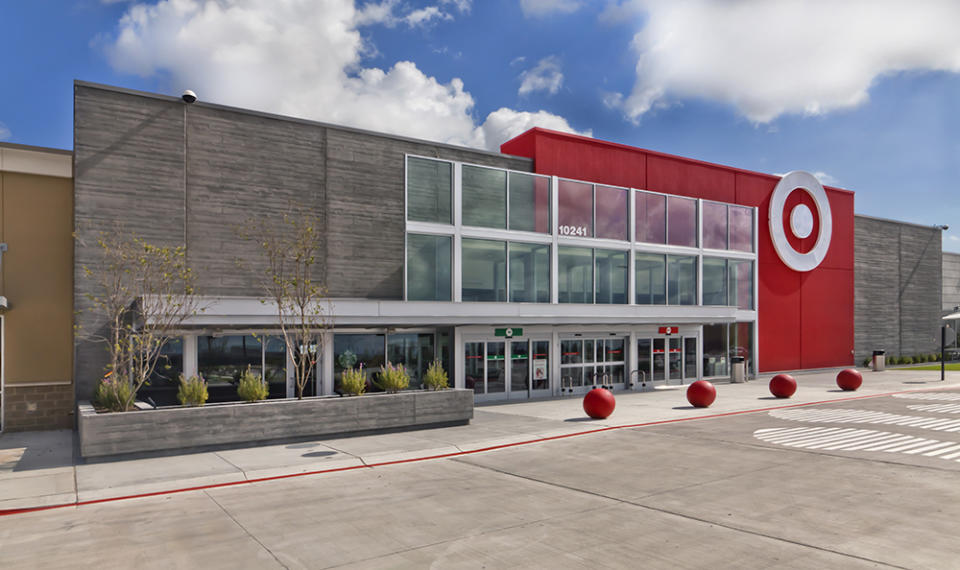
Scott Gilbertson
Now as consumers venture to do their shopping IRL in greater numbers — depending, of course, on the latest outbreak of Omicron — Target and Walmart will have to work hard to maintain their competitive edges.
Of course the mass channel has always had a bit of a leg up on the competition, especially over the last two years. Already popular among consumers for their affordable-priced products and the convenience of a one-stop shopping experience, big-box retailers were also able to stay open during the height of the pandemic’s lockdowns thanks to their “essential” status.
So while consumers were stocking up on food and everyday items during Target and Walmart runs, they were also picking up apparel and beauty products — even if only sparingly.
“That mix of goods at Target favorably positions it,” said Craig Johnson, founder of Customer Growth Partners. The same goes for Walmart.
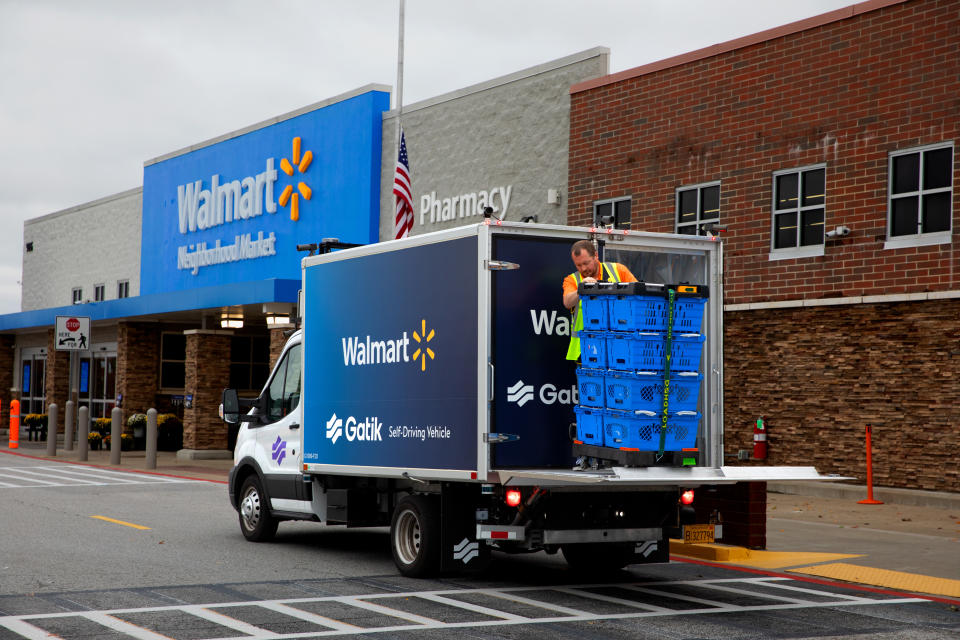
But the effects of the mass channel being deemed essentials were even more far-reaching than that: It also increased brand awareness for the big-box players while offering convenience for consumers, many of whom were already stressed physically, emotionally and financially. Pre-pandemic, some shoppers weren’t aware of the breadth of Walmart and Target’s fashion assortments — and simply didn’t have the bandwidth to look elsewhere during the crisis. On top of that, the less expensive price points were extra appealing to both the newly unemployed and individuals who were still working during the pandemic, as anxieties over the unknown rang high.
Meanwhile, empty office buildings and canceled events meant there was little need for formal suiting and dresses. The work-from-home set-up and consumers’ shift toward fitness as entertainment favored casual dressing and a need for more loungewear, innerwear and activewear, all things the mass channel normally carries.
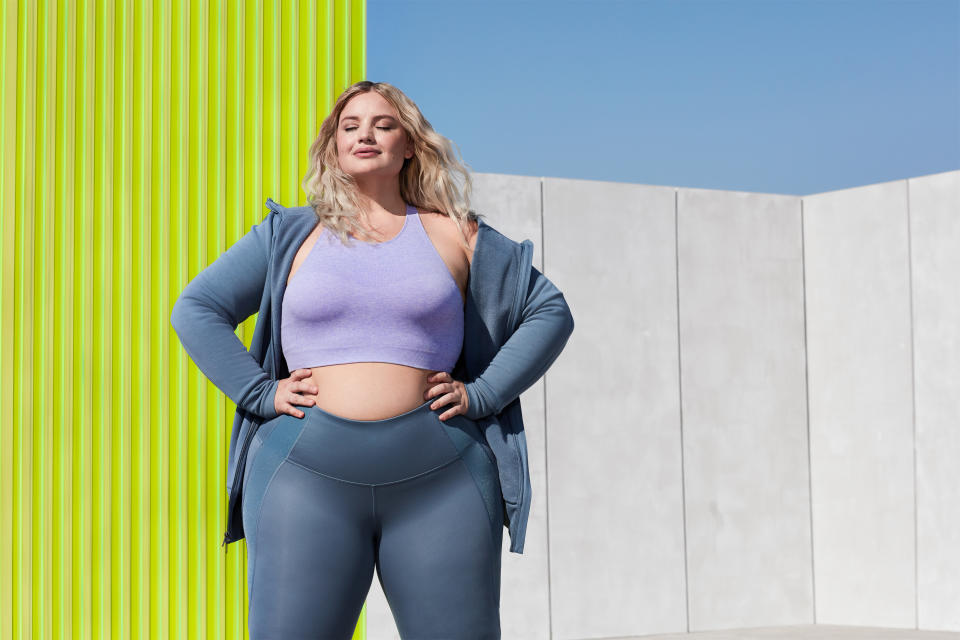
Courtesy Photo
Last February, Target revealed that its All in Motion brand had generated more than $1 billion in revenues in less than a year, making the activewear brand the retailer’s 10th billion-dollar owned brand.
Walmart had similar tailwinds in its lingerie and activewear categories, as well as back-to-school, apparel and health and wellness segments. In November, the retailer reported fewer markdowns, higher full-price sell-throughs and larger transaction counts in stores during the quarter. Walmart’s selection of lingerie and innerwear also helped the firm be named the Femmy Awards’ 2019 Retailer of the Year, which honors excellence in intimate apparel.
And not only could shoppers buy everything from fashion to food to home goods to essentials in the mass channel, but the ease with which they could purchase was amplified thanks to the combination of brick-and-mortar stores, e-commerce, personal shoppers, same-day delivery services, drive-up options and everything in between.
At Target, same-day services — including buy online, pick up in store, drive-up and Shipt — grew nearly 60 percent in the most recent quarter. That’s on top of 200 percent growth a year earlier.
Meanwhile, Walmart said last August that its global e-commerce business was on track to reach $75 billion in revenues by the end of 2021. Three months later, the firm revealed that it was using driverless trucks to deliver groceries.
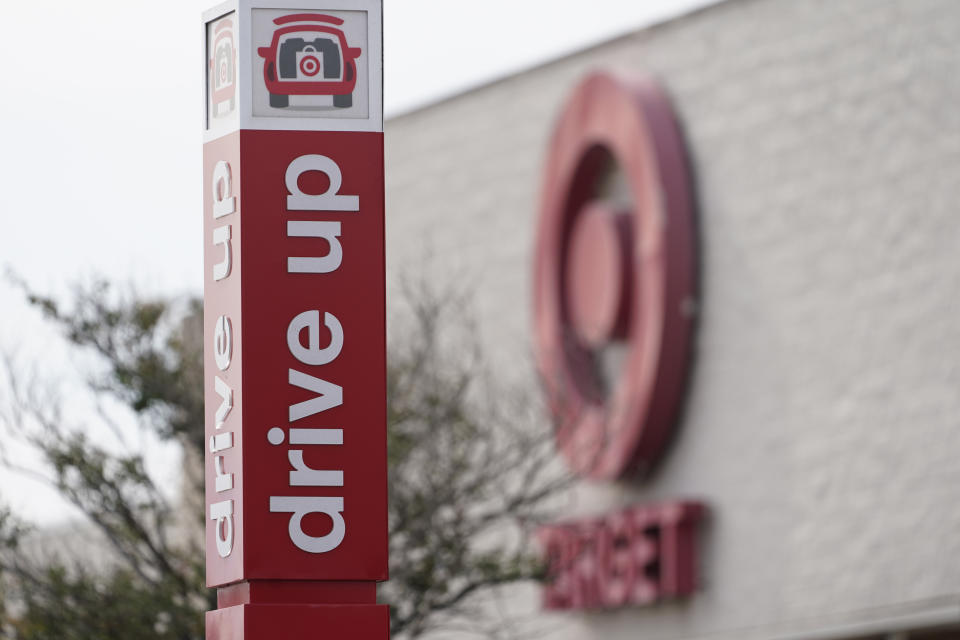
AP
“One of the key attributes of well-run retailers is speed,” Johnson said. “The quicker you can process people, the quicker you let your customers pay you, the better you’re doing. In the stores, [the mass channel merchants] have done a great job of speeding up check out, with a common cue and all the self-serves.”
And same-day purchase options only continue to grow in popularity now that consumers have gotten a taste for them and in some cases realize these methods are oftentimes more convenient. Johnson added that contactless payment options not only speed up the checkout process, but also ease many shoppers’ fears of contracting COVID-19.
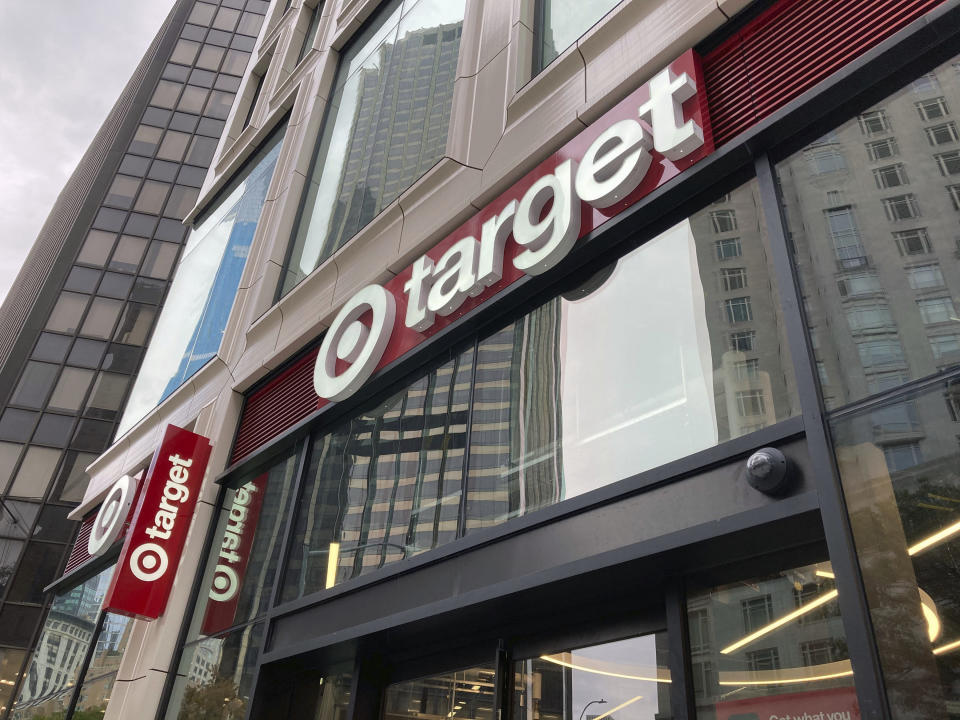
zz/STRF/STAR MAX/IPx
At the same time, both Walmart and Target have been able to flex their expansive store fleets — something Amazon and other e-commerce players are not able to do online — so shoppers could touch and feel products in person. In addition, both Walmart and Target have experimented with small-format stores in urban areas. (In Walmart’s case internationally.)
“Walmart’s widespread store locations not only continued to serve a large number of American shoppers in the offline space, but also allowed the retailer to utilize stores as fulfillment centers to meet online demand and to shorten delivery times,” said Jie Zhang, professor of marketing at the University of Maryland Robert H. Smith School of Business.
This explains why both Target and Walmart continued to make gains in recent quarters.
In November, Target revealed $1.48 billion in profits, thanks to strength across all of its categories, while also updating its fourth-quarter guidance ahead of the holidays. Walmart logged $3.1 billion in net profits during the same quarter and updated its full-year guidance, thanks in large part to growth in the firm’s grocery business.
Shares of Target are up more than 30 percent, year-over-year, helping the firm secure a market cap of more than $110 billion. Walmart’s stock is down 1.3 percent, year-over-year, but the retailer still has a market cap worth more than $401 billion.
But will mass merchants be able to continue growing and taking market share in the fashion space as consumers perhaps again take to large-scale gatherings in person and return to pre-pandemic office settings?
So far, the answer is yes. A number of retailers— from Express to American Eagle Outfitters to Tapestry Inc., which owns the Kate Spade, Coach and Stuart Weitzman brands — said while revealing quarterly earnings ahead of the holidays that consumers had once again resumed shopping across all categories.
“They’re buying everything,” Morris Goldfarb, chairman and CEO of G-III Apparel, the firm that owns the DKNY and Donna Karan brands, among others, told WWD in December. “There’s not a category that we’re disappointed in.”
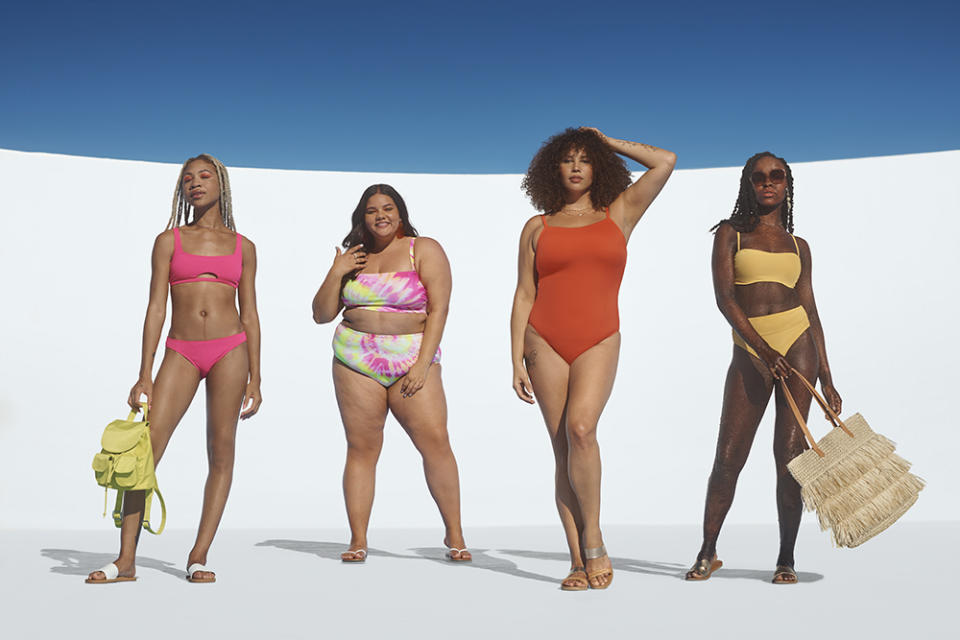
Courtesy Photo of Daria Kobayashi Ritch
It appears as though the desire for comfortable clothing hasn’t disappeared, even as consumers continue to navigate through the pandemic and events flip flop between the in-person variety and virtual. The demand for outerwear, innerwear, jeans, dresses, handbags, footwear, activewear and even “career wear” persists. This bodes well for the mass channel, which carries all of these things.
But Target and Walmart have other things going for them as well. Such as the unique selection of products that can only be found on Target and Walmart shelves and each company’s related e-commerce sites.

Courtesy Photo
While many retailers and brands once fought for space on department store shelves as a way to scale, these days many brands are vying for space in the big-box retailers’ ecosystem instead.
“Fashion is not about fabric. Fashion is about newness. Retail is all about newness,” Johnson said. “And you want to have that newness in the store experience, in the product and how you communicate with the customers. So you always want to continuously invest in newness that will position you correctly for the long term, but it also helps in the short term, too.
“And then, when the market turns, you have new products to show the customer, not just the same-old, same-old stuff that was sitting on the shelves the day that the stores closed, which is something that happened to a lot of apparel companies,” he added.
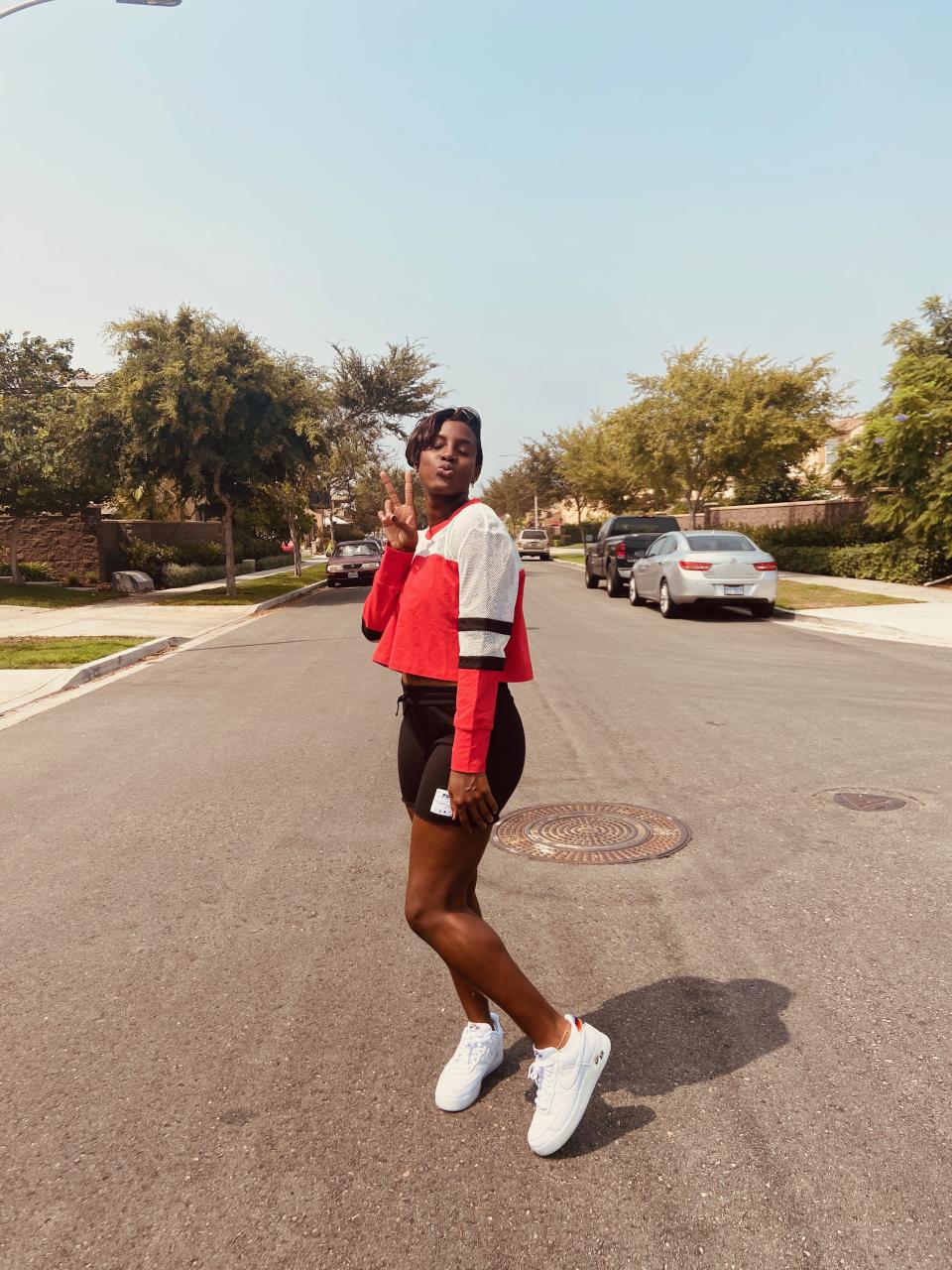
Courtesy photo by PSK Collective
Over the summer, Walmart and walmart.com, in partnership with intimate apparel manufacturer Gelmart, began exclusively selling Kindly, a line of plant-based bras and underwear made from sustainable materials, such as Brazilian sugar cane. Walmart is also the exclusive retailer of Hanes’ “NaturalLift Bra,” which is made from recycled materials. Last January, walmart.com began carrying World Rugby Hall of Famer Phaidra Knight’s size-inclusive activewear brand PSK Collective.
Target has an equally extensive array of products within its orbit. The list includes luxury lingerie brand Journelle, Levi’s Red Tab products, Thinx period apparel, New Zealand beauty brand Monday Haircare, Priyanka Chopra’s hair brand Anomaly and Disney, which opened about a dozen shops-in-shop in select markets in late 2019.
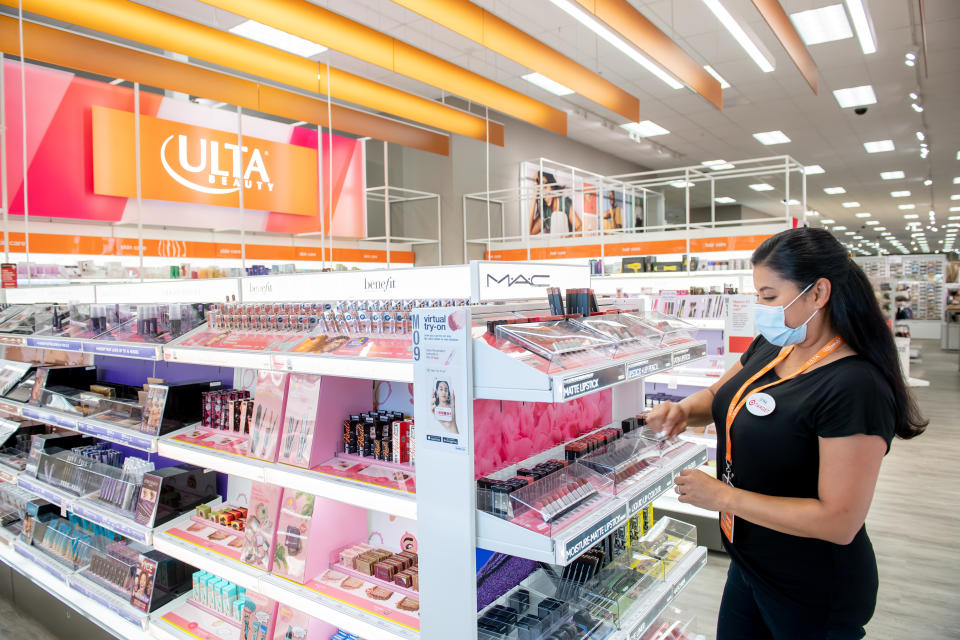
Courtesy Photo
In addition, the big-box retailer has been successful with luring in new customers by way of carve-outs in stores. During the recent holiday season, Target doubled the number of Apple shops-in-shop in stores to 36. In addition, Target unveiled about 100 Ulta Beauty shops-in-shop in stores last year, the first of which opened over the summer.
The result was yet another hit to mall-based department stores and other retail competitors.
“Shoppers were already evolving away from department stores and away from many of these mall-based apparel chains before the pandemic,” Storch said. “On top of all the value and quality and having great internet platforms, the big-box guys offer everything. In the pandemic, that’s a huge advantage. Customers don’t want to have to go to multiple stores. It feels safer to do all their shopping in one quick trip.”
Now Target and Walmart will have to work to retain both consumers post-pandemic and workers amid an increasingly tight labor market. Target said last March that it would invest $4 billion annually in the business to continue growing its ecosystem, while Walmart is leveraging its resources to grow other, smaller ventures.

Courtesy Photo
Doug McMillon, president and CEO of Walmart, told analysts during November’s conference call that the company is building out its other businesses, such as Walmart GoLocal, Walmart Connect, Walmart Luminate, Walmart Plus, Spark [Driver] delivery, Walmart’s Marketplace and fulfillment and financial services.
But increasingly important to both would-be employees and consumers alike is how well companies and brands treat their staff — something both big-box retailers have taken note of after years of criticism of alleged poor treatment, a charge that continues to be made. Target raised its minimum wage to $15 an hour in 2020. Walmart followed suit last fall, saying it would raise its hourly wages for more than 565,000 store workers by at least $1 an hour, with an average U.S. hourly wage at $16.40 an hour. In addition, last summer, both firms said they would offer college tuition assistance to employees.
“We know we can make a difference in the lives of so many,” McMillon said last fall. “We do start with wanting to keep prices low. The purpose of the company is to save people money and help them live a better life and we get excited about trying to do that. And the company is kind of hedged well if you think about it with an inflationary environment.
“There are variables, like what happens with the virus; is the market going to continue opening up and people will consume services, travel and all those kinds of things and what does that mean to goods?” McMillon added. “So there’s a demand side of this, as well as a supply side of it and I don’t know that any of us could call exactly where the peak’s going to be. But it doesn’t really matter to us. We’re going to manage through it regardless of what happens.”
Sign up for WWD's Newsletter. For the latest news, follow us on Twitter, Facebook, and Instagram.

